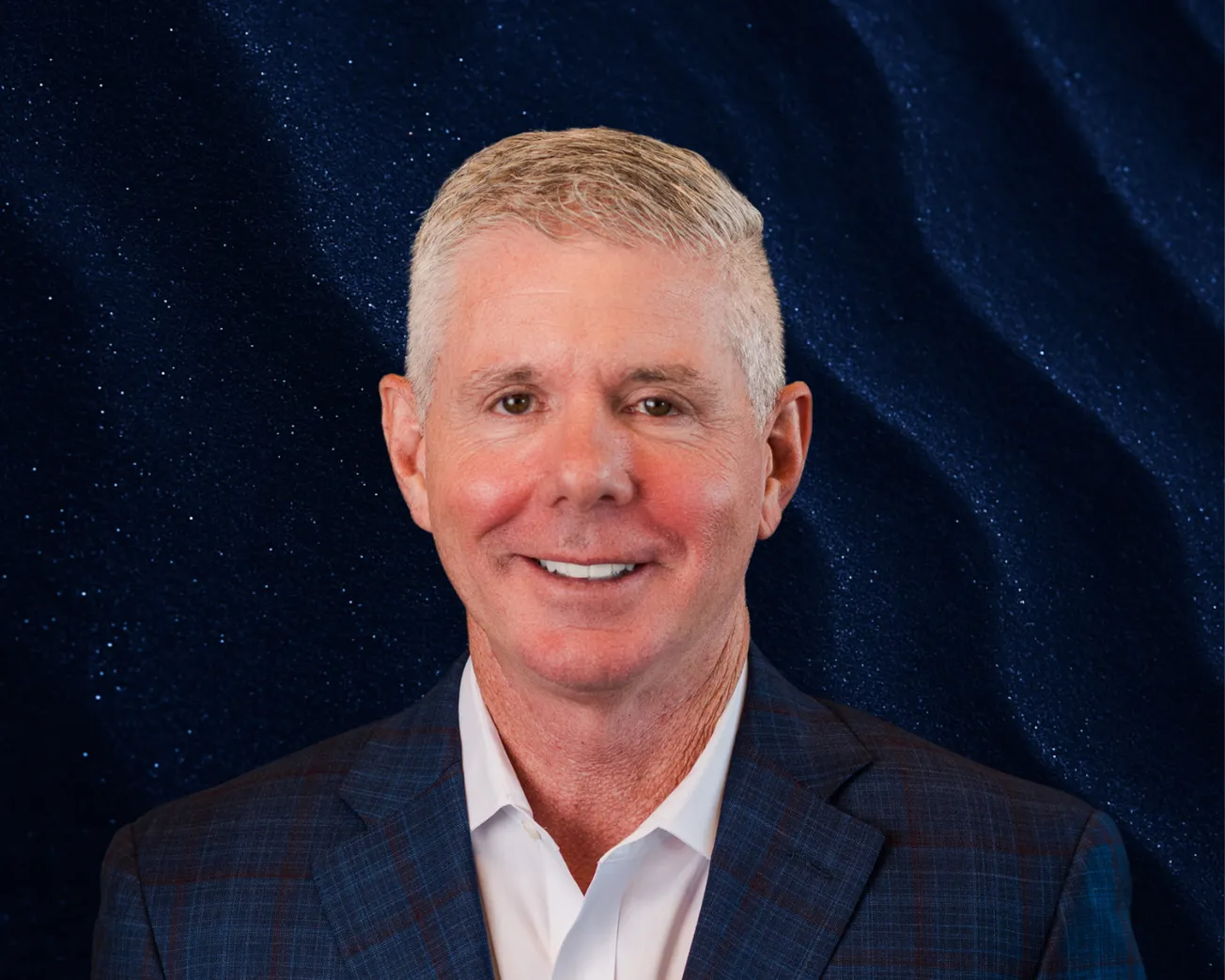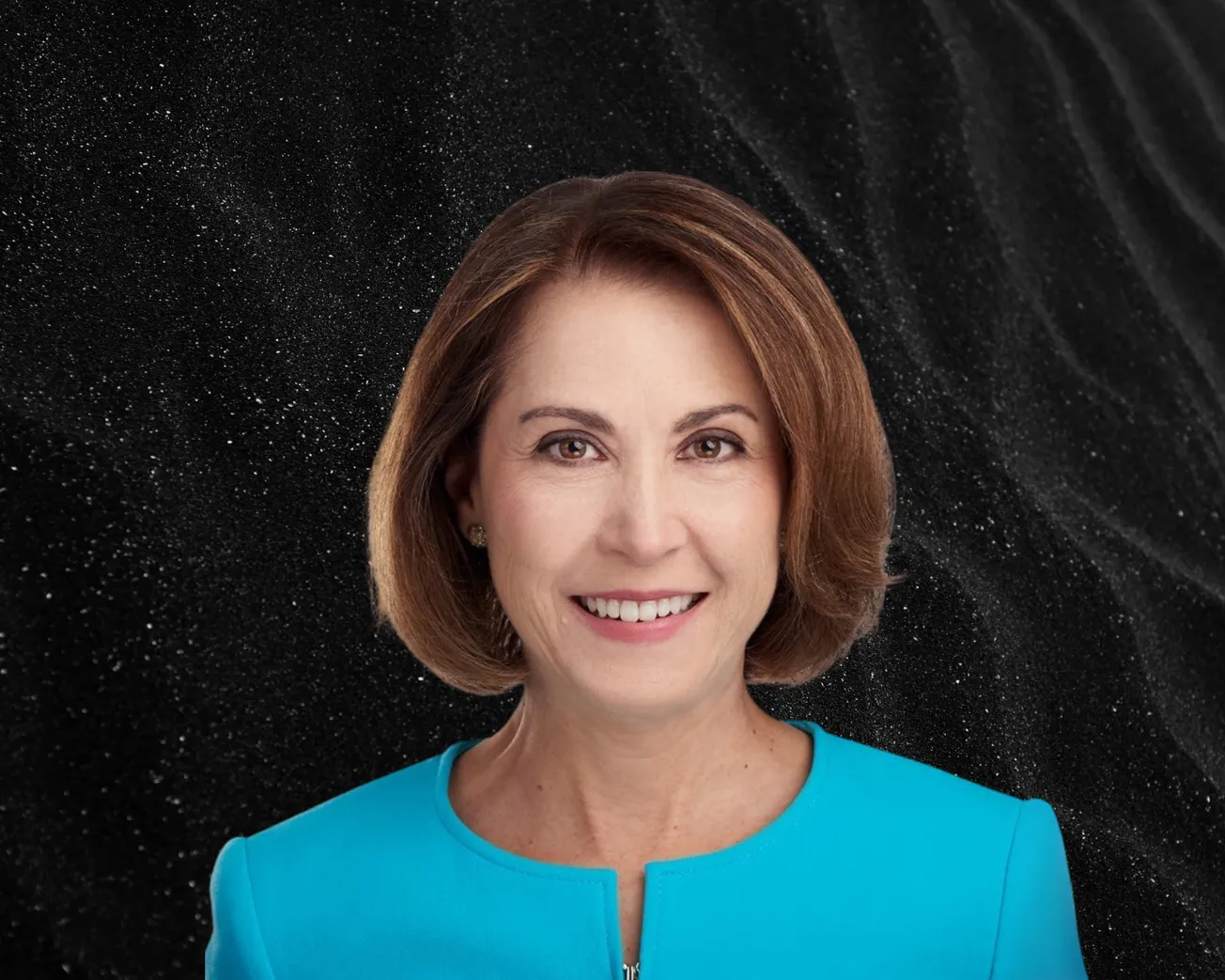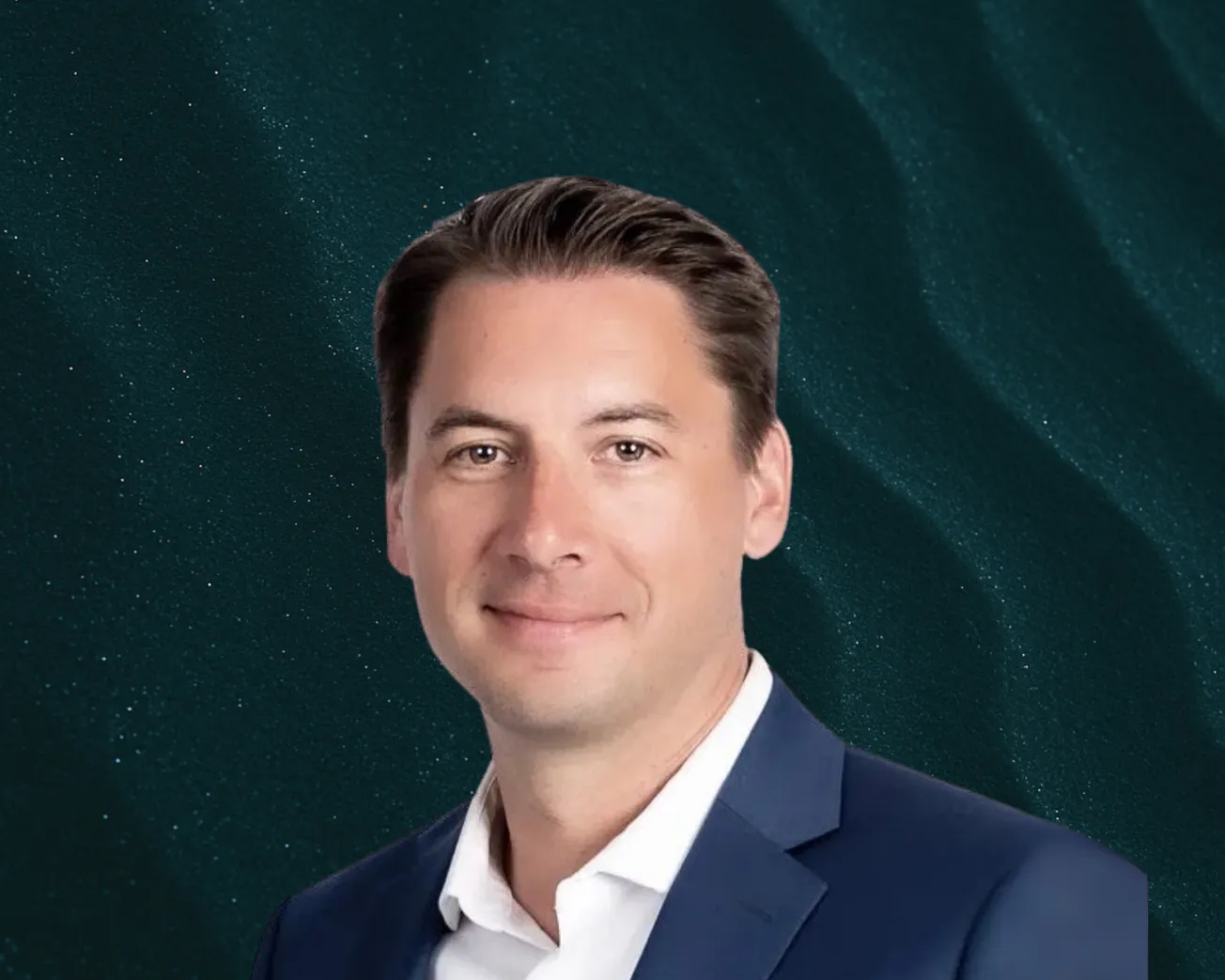Table of Contents
Tim Stuart, CEO of AMP, sat down with Onyx for a feature-length interview.
Could you start by giving our readers a bit of a background into your career journey and about your path to becoming AMP’s CEO?
Yeah, I’d be happy to. A couple of years after college, I started my career, in waste management, at WM. I found it by chance and went through a management training program. I’d say garbage got into my blood - I fell in love with it. I got the opportunity to work in different markets and operate different parts of the business. I was there for about 11 years, before I moved over to Republic, on a similar path, with different opportunities to manage and lead.
In the last four or five years of working there, I was chief operating officer and led the entire organization through acquisitions, technical changes and different strategic initiatives. I’m very proud of what happened and how it happened.
AMP has moved from processing recyclables to handling municipal solid waste. What contributed to that decision?
AMP started off by using robotic technology, specifically in recycling facilities, to help make them more efficient and effective, by taking out manual labor and speeding up the facilities’ efficiency.
Prior to my tenure, they started to build onto that. Their thinking was: "If we can apply robotics there, then we can do the same for other parts of the recycling process, too." When I became involved, they were building out facilities to automate the entire process.
So, with the technology to do that, and the smart systems they built, it was a logical decision to move into municipal solid waste, or mixed waste, because that would represent our biggest opportunity to pull out additional recyclables and divert items from landfill.
In terms of what AMP are offering, do you only work on full-scale facilities, or can you slot in modular upgrades to existing ones?
On the recycling side, we look to do new greenfield facilities, or someone that’s going to retrofit. We design the entire system that’s used there, and we want to operate it for that municipality, or that hauler that owns the material.
On the mixed solid waste side, we go right into an existing facility and set up our equipment under their existing infrastructure. It enables us to be quick and efficient prior to starting to process material.
We’re looking for landfills or transfer stations who, currently, don’t do any processing themselves - those who don’t really touch the material, or divert anything. That’s the modular approach: we can go into those facilities and really start that pretty quickly.
Which regions are top priorities for you, in terms of expansion?
Today, we’re focused on North America - places that have high regulatory demands from a state perspective, and, maybe, more of a willingness to pay from an environmental standpoint. Those are the coasts: up in the Pacific Northwest or California, as well as the Northeast. Those are communities for whom those aspects apply.
We’re hoping all of Europe will provide an opportunity for us, as well. There are just a lot more regulations that are attractive for us; specifically, to put in these municipal solid waste processing facilities, and help to divert material that would otherwise go to landfill, or to a waste-to-energy facility.
Financially, how does AMP compare with legacy processes? In terms of throughput, margins or payback?
This is really what differentiates us. Our technology, built and patented by the team, really enables us to pull all manual labor out of the process.
Think of it not only from the perspective of efficiency, but also in terms of the costs that are associated with that manual labor. If you’re able to pull that out, we believe that, potentially, we’re 20-30% cheaper than anybody else. That opens up a lot of doors for municipalities, haulers, and recyclers who’ve been trying to do it themselves.
Your Series D was a big success. What’s behind it?
We’ve got great partners. Congruent Ventures, Sequoia Capital, XN, and Blue Earth are a big ones. They’ve been very supportive in encouraging us down this path. It’s a big climate opportunity - not only for North America, but for the world.
In terms of sustainability - reducing AMP’s own energy and material footprint - how do you define and measure success?
There are lots of ways to measure success. But the one that stands out is diversion. We’re going to divert 50-60% of material that otherwise wouldn’t have been touched, but would have, instead, gone straight to landfill.
Just that impact alone - reusing and recycling that material - has a huge impact on the environment. So, that’s definitely one aspect that we’re focusing on. You can measure that, over time, from a greenhouse gas perspective, but diversion and additional recycling are the main focus items for us today.
That’s really attractive to a lot of communities in North America - reducing their reliance on landfill. Think of all the transportation costs to get it there; the cost to operate and monitor a landfill; and all the regulatory aspects that are associated with that. It’s a huge saving across the board.
Are there any strategic partnerships that you’d like to highlight?
Nearly two years ago, we began processing MSW in Virginia, extracting mixed recyclables and organic material directly from bagged trash. The success of this facility has opened the door to an exciting new project with a waste authority in Hampton Roads through which we intend to process some 500,000 tons per year of municipally collected MSW.
On the recycling side - Waste Connections. We’re doing our first, state-of-the-art, facility in Denver. We’ve just had the groundbreaking. It’s going to set a new standard for efficiency and effectiveness, with AI doing the work.
Are the new facilities 24/7?
In Denver, no, not at first. It’ll do about 60,000 tons a year. Virginia will be 24/7, processing closer to 500,000 tons annually.
And our project in Virginia’s got biochar, an offtake solution on the back end for organics, capturing carbon. We can sell those credits - which are very attractive to Fortune 50 companies to offset their own footprints. That’s a great example of circularity and sustainability in action.
When you recover materials, how do you make sure they go into high-value manufacturing loops, rather than being downcycled or exported?
Downcycling’s a problem. Carpet is a great example – it’s made from good plastic that’s used once, and then it’s done; as opposed to, say, going back to becoming water bottles, seven or eight times over.
From our perspective, this is where our AI makes a difference. We go down to the item level, even as it moves across the line. We’re not just pushing a random batch of materials that we presume are bottles or aluminum - it’s assessed on an item-by-item basis, thereby increasing the accuracy.
We track what comes in the front door. We’ve got a bale-tagging system, so we know the contamination level of that material. We partner with vendors who, we know, are sending it to the right end use case. There’s usually higher value, there.
We’re very conscious about making sure it goes to the right place, and that we’re getting the best value - either for ourselves, or for our partners, depending on the business structure.
With AMP’s reliance on AI, how quickly can you integrate new developments? How reluctant are you to incorporate new, but unproven, innovations?
That’s what’s exciting! We can do it within minutes. If regulation suddenly requires separating a different form of plastic that wasn’t previously required, we can change that instantly in the AI’s parameters and create a separate stream.
That’s why the facility we’re partnering with Waste Connections on in Denver’s going to be such a showcase. The system is flexible to different scale, sorting, and compliance needs, and can adapt as commodity needs and the waste stream changes. AI allows us to adapt to changing requirements quickly, rather than adding heavy machinery or asking frontline labor to pull out something different. The success rate is just not as good that way.
As it’s real-time, we know the accuracy. We can slow down, or speed up the line, to make sure we’re getting the right level of consistency.
Recycling rules can be variable across regions. Do you see that evolving?
Yeah, the opportunities are huge. The next evolution that we’ll see will be one bin. Instead of having separate trash cans for recycling and other household waste, the AI can pull recycling directly from one. That will take trucks off the street, lowering the environmental impact.
In Virginia, we’ll test that out, by starting to pull curbside recycling routes, knowing we can get more out of the stream, at a better level, without needing extra carts or trucks.
That’s where it’s going: bite-size steps first, but the secondary impacts emphasize why it’s important.
Can you give us an example of how you use your data?
Sure, pick your favorite coffee company: Starbucks, for example. Once we handle material, we can tell them the exact number of Starbucks containers that came through; how many were recycled; how many came in MSW streams; whether they came from a resident or a commercial business...
Giving them that data lets them educate their own consumers; understand what’s being recycled more; and, ultimately, improve sustainability efforts. It’s super exciting for them. And, yeah, they’ll be able to use it for Scope accounting, too.
How do you see the role of AMP evolving in the next decade?
We’re right at the cusp of big changes. On the recycling side, AI will be doing the work, instead of traditional manual sorting systems. On the solid waste side of things, Virginia is a big step.
As we get more facilities up and running, in the next four or five years, we’re going to change the way people think about using landfills as their garbage’s final destination. There’s a lot of value that we can pull out from what would, previously, have been trash. Economically and sustainably, it all aligns, and we’re excited about our future.
If you could go back to the start of your tenure in this industry, what advice would you give yourself?
You assume people know what you know. I’ve been in the industry for 30 years, so it’s become secondhand to me. But, when talking with governments, or other stakeholders, you need to bring them along. Show them the whole scope: how material moves, what the costs are…
So, I’d say: slow down. Focus more on education, not just speed. I think we’re doing that better now. This conversation’s a great example - educating people that there’s real value in material, and it doesn’t cost much to make a huge economic and environmental impact. Why wouldn’t you do it?






